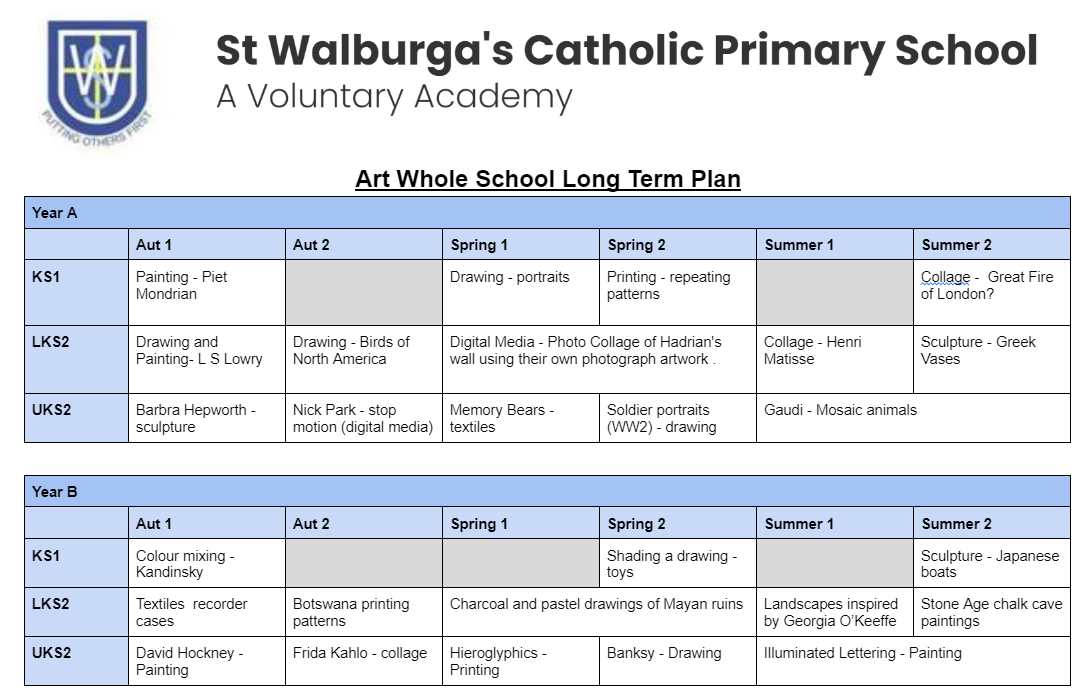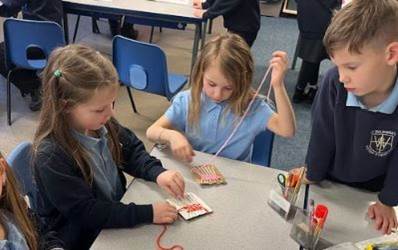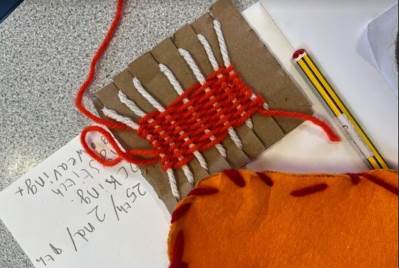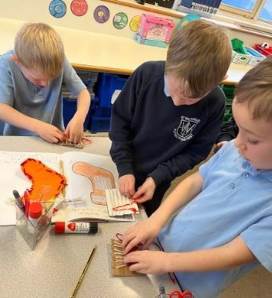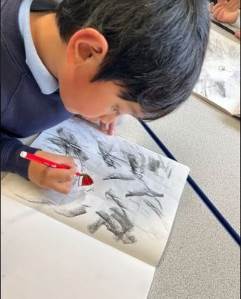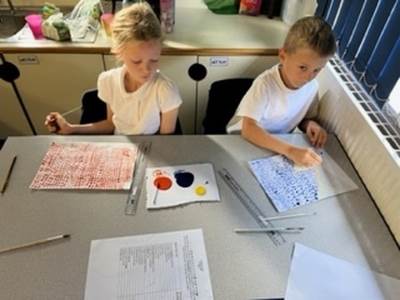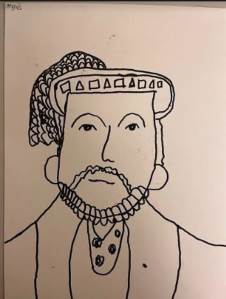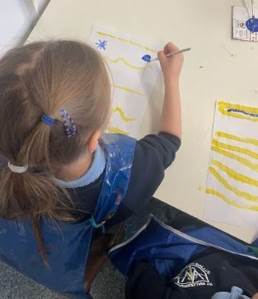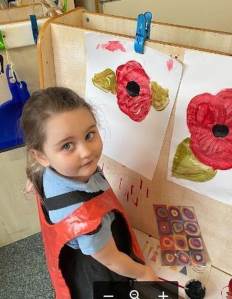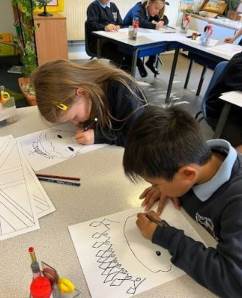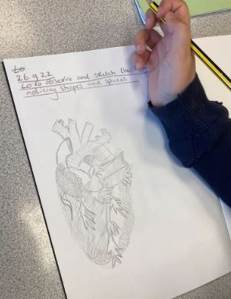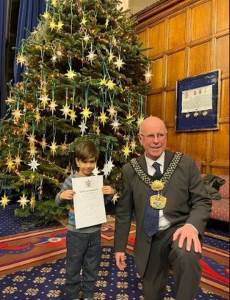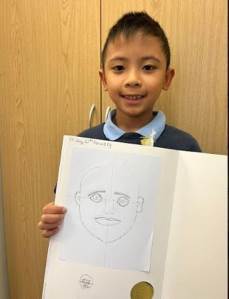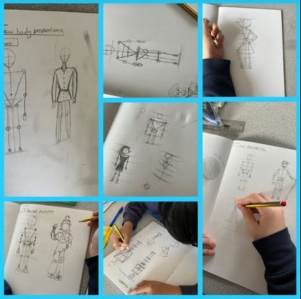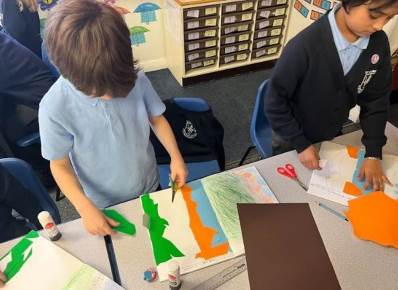Art
Art
Intent:
At St.Walburga’s Catholic Primary School, we value Art and Design as an important part of the children’s entitlement to a broad and balanced curriculum. Art and Design provides the children with the opportunities to develop and extend skills and an opportunity to express their individual interests, thought and ideas.
Art, craft and design embody some of the highest forms of human creativity. A high-quality art and design education should engage, inspire and challenge pupils, equipping them with the knowledge and skills to experiment, invent and create their own works of art, craft and design. As pupils progress, they should be able to think critically and develop a more rigorous understanding of art and design. They should also know how art and design both reflect and shape our history, and contribute to the culture, creativity and wealth of our nation.
Implementation:
The teaching and implementation of the Art and Design Curriculum at St Walburga’s Catholic Primary School is based on the National Curriculum and links to other areas of the curriculum to ensure a well-structured approach to this creative subject. Our bespoke curriculum carefully considers the cultural capital and reflects the diversity of our learners.
- The children are taught art as part of their termly topic work; each topic is linked to another unit across the curriculum such as Geography, History or Science starting from EYFS up to Year 6.
- Each topic is given an overarching question, which enables the children to deepen their knowledge and skills. Areas covered include sculpture mosaics, printing based on topic work, such as the Tudor houses, nature, Aboriginal art, WW2 propaganda posters, painting, pointillism, Pop Art and the works of the Impressionist artists.
- We use a two year rolling programme (Year A and Year B) to ensure that all skills are covered and taught effectively.
- Our skills, knowledge and vocabulary were developed using Chris Quigley’s essential skills.
- We provide opportunities for children to consolidate their learning across key stages and within units; this aids retention and builds on prior knowledge embedding working skills and key learning.
- We use adaptive teaching, which includes appropriate stretch and challenge and allows all learners to access key learning and skills.
- All children receive opportunities which further enhance their learning. For example: Wow days fully immerse children into their topic; all key stages have the opportunity to spend a day with Tony Bullock, who is an art specialist; and the school also uses the services of a Visual Arts Coordinator, part of the Music & Arts service in Bradford.
- Our Key Stage 2 children visit our local art galleries.
- The school ensures that children’s creative talents are seen by a wider audience other than the school community. Each year, we submit entries to the CSP Christmas Card art competition and the Trust art exhibition during the Summer term.
Impact:
Ongoing assessments take place throughout the year. Teachers use this information to inform future lessons; ensuring children are supported and challenged appropriately. This data is analysed on a termly basis to inform and address any trends or gaps in attainment.
Long Term Plan
